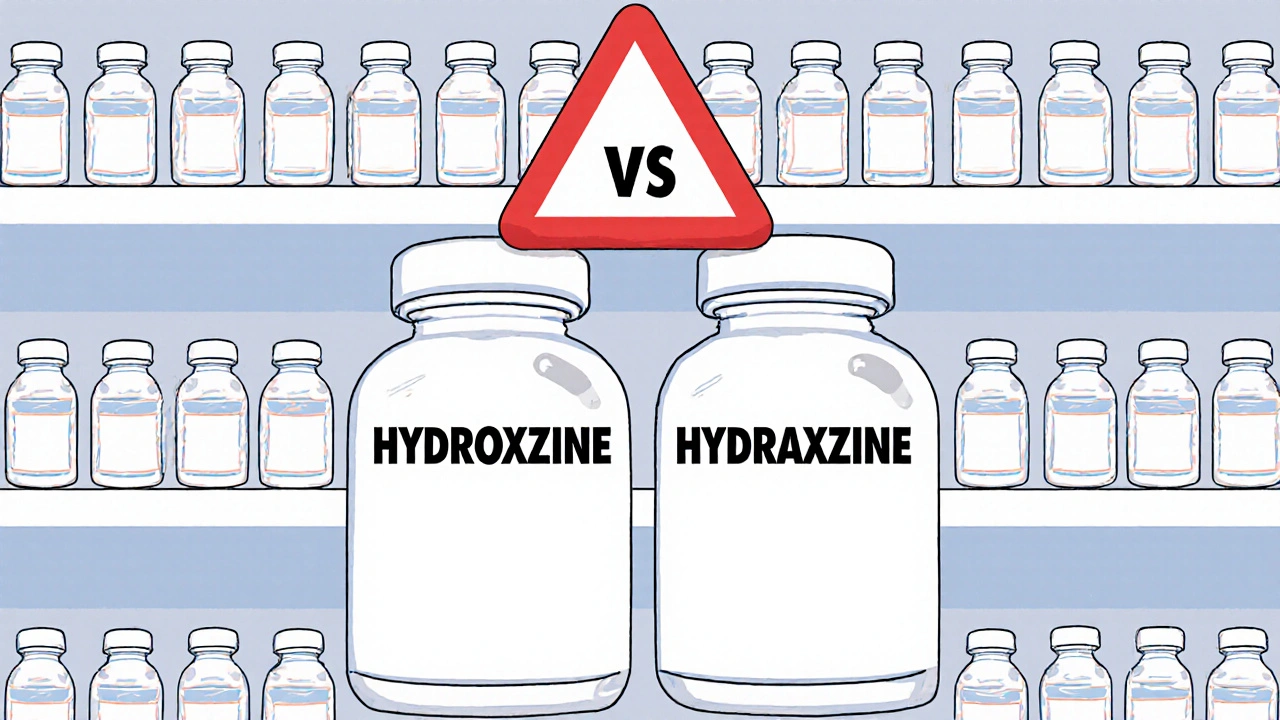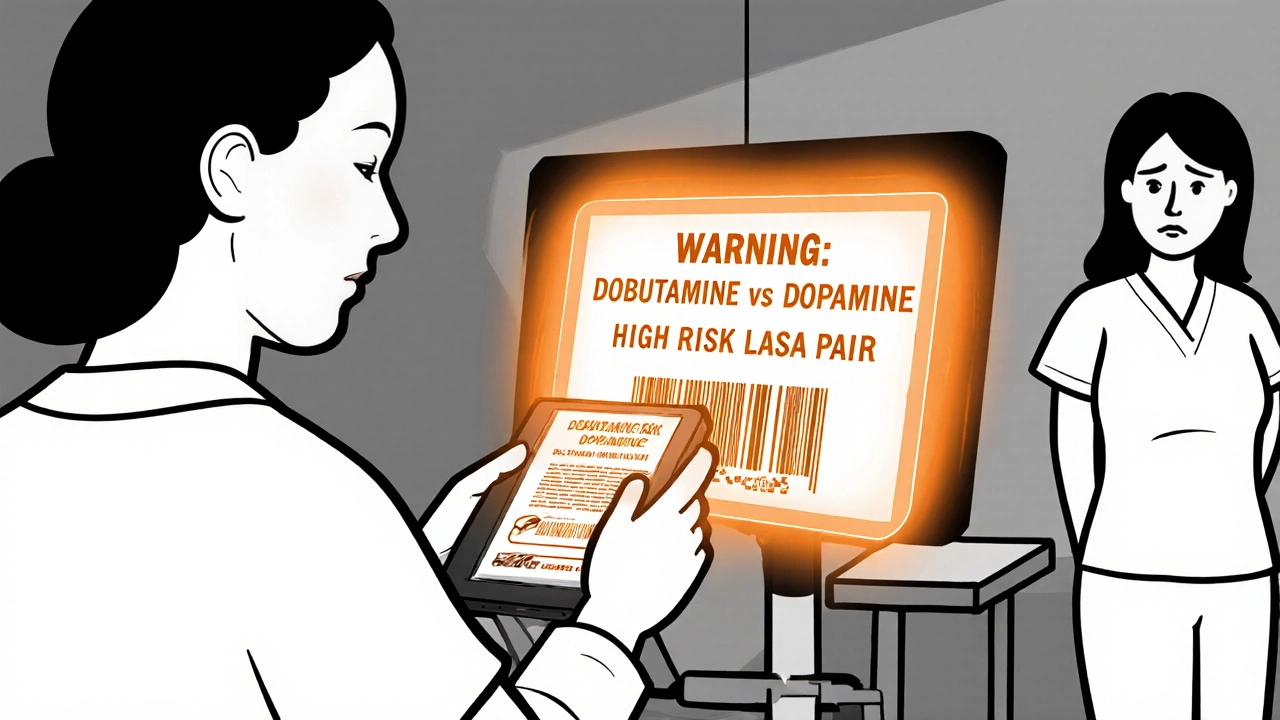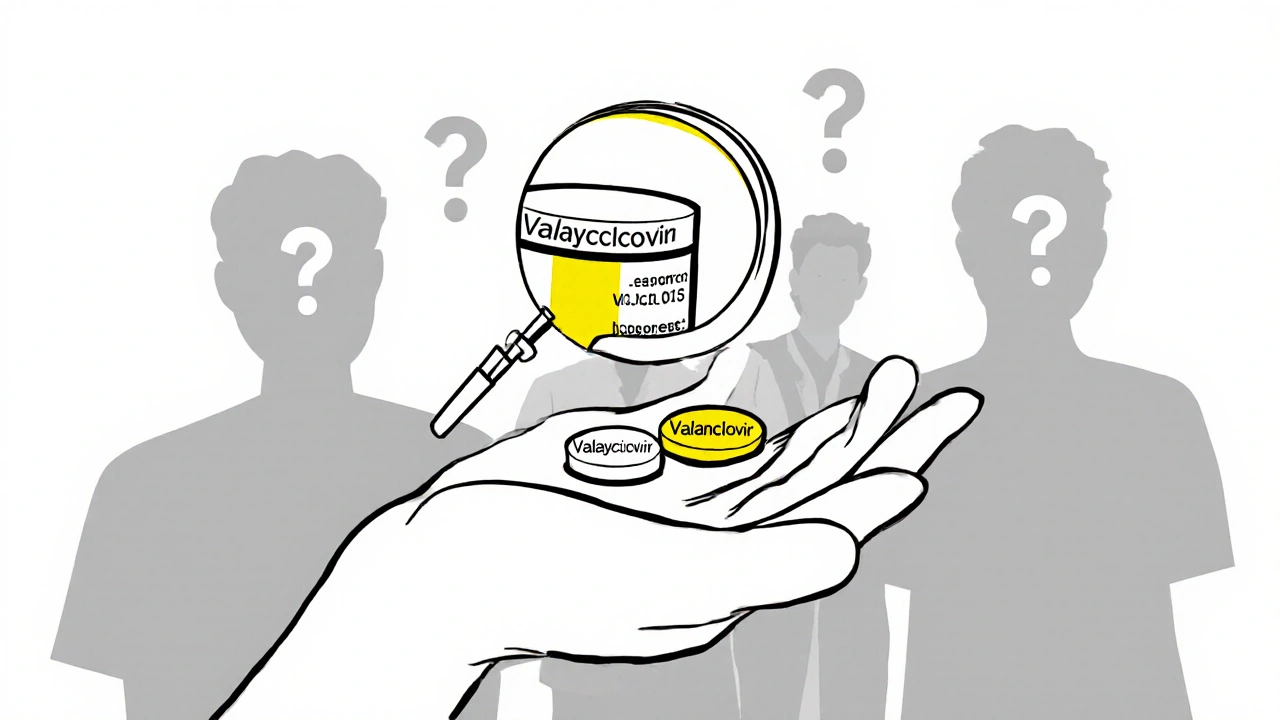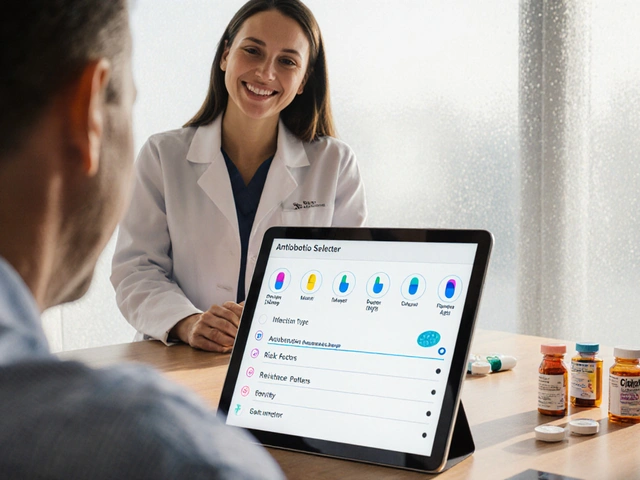
Every year, thousands of people are harmed or even killed because two drugs sound too much alike-or look too similar. It’s not a rare mistake. It’s happening in hospitals, pharmacies, and even at home. And the biggest culprits? Generic medications.
You might think generics are just cheaper versions of brand-name drugs. That’s true-but they’re also the most common source of dangerous mix-ups. When two drugs share similar names, packaging, or even pill shapes, pharmacists, nurses, and doctors can grab the wrong one. And when that happens, the consequences can be deadly.
What Are Look-Alike, Sound-Alike (LASA) Drugs?
Look-alike, sound-alike (LASA) drugs are medications that are confusing because of how they look or sound. It’s not about the ingredients-it’s about the name and appearance.
Sound-alike means they sound the same when spoken. Think albuterol and atenolol. Both end in “-olol.” Both are used for heart or lung conditions. But one opens airways for asthma. The other slows your heart rate. Give the wrong one to a patient with asthma? They could go into cardiac arrest.
Look-alike means they look the same. Two pills might be the same color, size, and shape. One is hydroxyzine (for anxiety and allergies). The other is hydralazine (for high blood pressure). One is a sedative. The other is a vasodilator. Mix them up? A patient could drop their blood pressure dangerously low-or get overly sedated.
These aren’t edge cases. According to the World Health Organization, about 25% of all medication errors are linked to LASA drugs. And the majority of them involve generics.
Why Generics Are the Main Problem
Generics are supposed to be safe, affordable, and identical in effect to brand-name drugs. But when it comes to names and packaging? They’re anything but consistent.
Take Valtrex and Valcyte. Both start with “Val.” Both are used in transplant and HIV patients. But one treats herpes, the other treats a deadly virus called CMV. The brand names are confusing enough. Now imagine ten different generic versions of each, made by different companies. Some use the same capsule color. Some have nearly identical bottle labels. No wonder mistakes happen.
There are nearly 1,000 known LASA pairs in use today, according to the Institute for Safe Medication Practices. And new ones are added every year. The U.S. FDA rejected 34 drug names in 2021 just because they were too similar to existing ones. That’s 18% of all rejected names that year.
But here’s the kicker: while brand-name companies have to go through strict naming reviews, generic manufacturers don’t. There’s no global standard for how generic drugs look or what their labels say. So two different companies can make the same generic drug-and make them look completely different. Or, worse, make them look almost identical to another drug entirely.
Where Do These Errors Happen?
It’s not just pharmacists making mistakes. LASA errors happen at every step:
- Prescribing: A doctor writes “Hydralazine” but their handwriting looks like “Hydroxyzine.” Or they pick the wrong one from a dropdown menu on an electronic record.
- Dispensing: A pharmacist grabs the wrong bottle because the labels look the same. Or they’re rushing during a busy shift.
- Administration: A nurse gives “Dopamine” instead of “Dobutamine” because they sound alike when shouted over a noisy ICU. This mix-up has led to cardiac arrests.
Merative’s 2023 analysis found that 68% of medication errors happen during administration. That’s when the drug is actually given to the patient. By then, it’s often too late to catch the mistake.
In the UK, from July 2018 to June 2019, over 200,000 medication incidents were reported. Of those, 66 resulted in death. Many were linked to LASA drugs.

Real Cases That Shouldn’t Have Happened
Here are three real incidents from U.S. hospitals:
- A patient with kidney disease was given hydroxyzine instead of hydralazine. They suffered severe low blood pressure and had to be admitted to intensive care.
- A child was given quinine (for malaria) instead of quinidine (for heart rhythm). Quinine is toxic at low doses in children. The child suffered hearing loss and seizures.
- A transplant patient received valganciclovir (for CMV) instead of valacyclovir (for herpes). The wrong drug caused bone marrow suppression and a life-threatening drop in white blood cells.
These weren’t caused by reckless staff. They were caused by systems that didn’t protect people from easily preventable confusion.
What’s Being Done to Stop It?
There are proven solutions-but they’re not used everywhere.
Tall Man Lettering is one of the most effective. It uses capital letters to highlight the difference between similar names. For example:
- PredniSONE vs. PredniSOLONE
- Dopamine vs. Dobutamine
- Hydralazine vs. Hydroxyzine
A 2020 study across 12 hospitals showed tall man lettering reduced LASA errors by 67%.
Physical separation is another simple fix. Hospitals that store LASA drugs in different parts of the pharmacy or on separate shelves cut errors by up to 50%.
Barcode scanning with clinical alerts works too. When a nurse scans a drug, the system checks: “Is this the right drug for this patient?” If it’s a known LASA pair, it flashes a warning. One hospital system cut errors by 45% using this method.
And now, artificial intelligence is stepping in. A 2023 study in the Journal of the American Medical Informatics Association showed AI-powered systems embedded in electronic health records flagged 98.7% of potential LASA errors-with only 1.3% false alarms. That’s nearly perfect.
Why Are These Solutions Still Not Universal?
Because changing systems costs money-and people still blame the staff.
Dr. David Bates from Harvard Medical School says LASA errors aren’t about careless nurses or overworked pharmacists. They’re about systems that don’t account for human error.
Most hospitals still don’t use tall man lettering on all labels. Many don’t separate high-risk drugs. Few have AI alerts. And generic manufacturers? They’re not required to change packaging to avoid confusion.
Even worse: in some countries, there’s no official list of high-risk LASA drugs. Pharmacists are expected to memorize hundreds of dangerous pairs. That’s not safety. That’s luck.
Only Magnet-recognized hospitals-those with the highest nursing standards-use an average of 6.2 LASA prevention strategies. Non-Magnet hospitals? Just 2.4.

What You Can Do-As a Patient or Caregiver
You don’t have to wait for the system to fix itself. Here’s what you can do:
- Always ask: “What is this medication for? Is it a generic? What’s the brand name?”
- Check the pill: Compare the shape, color, and imprint on the pill to previous prescriptions. If it looks different, ask why.
- Read the label: Don’t just trust the bottle. Read the name and dosage out loud. If it sounds like another drug you take, speak up.
- Use one pharmacy: If you use multiple pharmacies, they can’t see what you’re taking elsewhere. One pharmacy can flag potential conflicts.
- Bring a list: When you go to the doctor or hospital, bring a written list of every medication you take-name, dose, why you take it.
One woman in Auckland noticed her blood pressure pill looked different. She checked the label: it was supposed to be amlodipine, but the pill had a different imprint. She called the pharmacy. They’d given her atenolol by mistake. She didn’t have high blood pressure-she had a heart rhythm issue. The wrong drug could have caused her heart to slow dangerously.
The Bigger Picture: A Global Problem
Medication errors cost the world $42 billion a year. LASA errors make up a big chunk of that. In the U.S., 1 in 10 hospital patients suffers a medication error. In New Zealand, we don’t have national reporting like the U.S. or UK-but we’re not immune.
The World Health Organization’s “Medication Without Harm” campaign wants to cut severe medication errors by 50% by 2025. That’s ambitious. But it’s possible-if we stop treating these mistakes as individual failures and start fixing the systems that allow them.
Right now, we’re asking nurses and pharmacists to be perfect in chaotic, understaffed environments. What we need is technology, standardization, and accountability-not heroism.
What’s Next?
The FDA and European Medicines Agency are getting stricter. New drug names are being screened for LASA risks. But generics? They’re still a free-for-all.
What’s needed:
- A global database of all LASA drug pairs, updated quarterly.
- Mandatory tall man lettering on all generic labels.
- Standardized pill shapes and colors for high-risk drugs.
- AI alerts built into every EHR and pharmacy system.
- Training for every healthcare worker-nurses, doctors, pharmacists-on LASA risks.
Until then, the risk stays high. And the people paying the price? They’re not the ones writing the prescriptions. They’re the ones taking the pills.
Are generic drugs less safe than brand-name drugs?
No, generic drugs are not less safe in terms of how they work. They contain the same active ingredient and must meet the same quality standards as brand-name drugs. But the problem isn’t the drug itself-it’s the name and packaging. Generic versions of two different drugs can look and sound too similar, leading to dangerous mix-ups. The safety issue comes from confusion, not quality.
How common are LASA medication errors?
About 25% of all medication errors are caused by look-alike, sound-alike (LASA) drug names, according to the World Health Organization. That’s one in four. Some studies show over 1,000 dangerous drug name pairs are currently in use. Many errors are caught before harm occurs, but thousands still lead to serious injury or death each year.
Can tall man lettering really prevent these errors?
Yes. Studies show tall man lettering-like PredniSONE vs. PredniSOLONE-reduces LASA errors by up to 67%. It’s simple, low-cost, and proven. Yet many hospitals still don’t use it consistently, especially with generic drugs. When used correctly, it makes a clear visual difference that helps prevent mistakes.
Why don’t all pharmacies use barcode scanning to catch these errors?
Cost and infrastructure. Barcode scanning requires scanners, software, and integration with electronic health records. Smaller pharmacies and clinics often can’t afford it. Even when they have the tech, staff may not be trained to respond to alerts. But hospitals that do use it see error rates drop by 40% or more.
What should I do if I think I got the wrong generic medication?
Don’t take it. Call your pharmacy immediately and ask them to confirm the drug name, dosage, and why it was prescribed. Check the pill against your previous prescription-look at the shape, color, and imprint. If anything seems off, ask to speak with the pharmacist. It’s better to be safe than sorry. Many patients have prevented serious harm just by asking one simple question: “Is this the right drug?”



